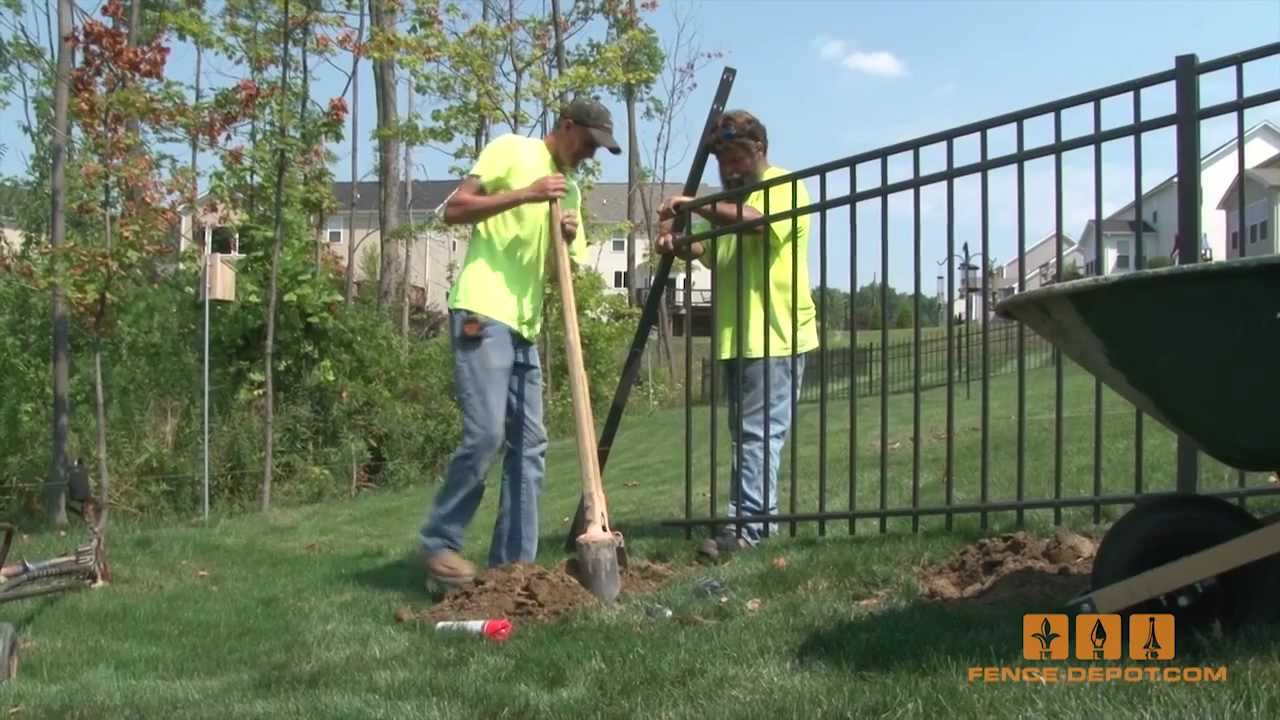
A fence can be a great way to protect your garden from pests. Groundhogs, rabbits, or other furry creatures may cause crop damage. Here are some ideas for creating a fence to keep these creatures out. These tips will also help to prevent your plants getting eaten by the animals. A variety of colors can make your vegetable gardens more appealing.
Insects can damage your vegetables. Netting can be used to keep deer and rabbits away if you have a problem with animals. While this fence may not be very appealing, it will keep animals small and out of your yard. Not only will the fence keep animals out, but it will also look good in your yard. Pallets can be used as fencing. You can make a gate out of pallets once you have them.

If you can't afford to buy fences, you can find free materials online. Newspaper ads are another source of free material. Another great option is to build your own fence. A local building material shop will sell you lattice panels or posts. These fences can be built quickly and offer support for climbing vegetables. You can also leave small holes in the fence for small garden pests to escape. A fence can also be made to protect your garden from deer.
A fence can also serve as a feature wall. To make the fence stand out, you can paint it in a bold and distinctive pattern. Another great option is the picket design. This keeps animals out and lets you see your vegetable garden from a clear view. This fencing is ideal if you are looking to divide a vegetable plot or improve privacy. Just be sure to choose a design that complements your home.
If you want to protect your vegetables from predators, you can install a fence. You have the option of a wooden or wrought iron fence. A wooden fence is more durable and requires less maintenance. You can also keep animals out of the fence. A chicken wire mesh fence is a good option to protect vegetables from raccoons. If an animal attempts to climb the fence, the wire will bend backwards.

Another way to protect vegetables from pests is to add a fence. Many garden pests, such as rabbits or deer, like fresh produce. Therefore, a fence can help protect you vegetables. You can also protect your vegetable garden with chicken wire or bamboo if you have them. Installing a mesh of 3 feet or greater height can act as a barrier to animals. These materials will block most animals from reaching your plants.
FAQ
Is it better for a contractor to hire or a subcontractor to do the job?
It is more expensive to hire a general contractor than to subcontract. General contractors usually have many employees. This means that they charge their clients much more for labor. On the other hand, a subcontractor only hires one employee, so he or she charges less per hour.
Are permits required to renovate my home?
Yes. Permits will be required for any home-improvement project. You will require a building permit as well as a plumbing permit in most cases. A zoning license may also be needed depending on the type or construction you are doing.
What should I fix first when renovating a house?
Fixing up a home starts with cleaning out all the clutter from inside and outside. Next, you will need to eliminate mold, repair or replace any damaged walls, repaint your entire interior, and fix any leaky pipes. Finally, you will need to wash the exterior surfaces clean and paint.
What are my considerations when purchasing a new house?
Before purchasing a new home, make sure that you have enough money saved up to cover closing costs. Refinancing your loan is an option if cash is tight.
Statistics
- ‘The potential added value of a loft conversion, which could create an extra bedroom and ensuite, could be as much as 20 per cent and 15 per cent for a garage conversion.' (realhomes.com)
- Most lenders will lend you up to 75% or 80% of the appraised value of your home, but some will go higher. (kiplinger.com)
- According to the National Association of the Remodeling Industry's 2019 remodeling impact report , realtors estimate that homeowners can recover 59% of the cost of a complete kitchen renovation if they sell their home. (bhg.com)
- On jumbo loans of more than $636,150, you'll be able to borrow up to 80% of the home's completed value. (kiplinger.com)
- The average fixed rate for a home-equity loan was recently 5.27%, and the average variable rate for a HELOC was 5.49%, according to Bankrate.com. (kiplinger.com)
External Links
How To
How can I plan a complete house remodel?
Planning a whole-house remodel requires planning and research. There are many things you should consider before starting your project. You must first decide what type home improvement you want. There are many options available, including kitchen, bathroom and bedroom. Once you know which category you would like to work on, you'll need to figure out how much money you have available to spend on your project. If you have never worked on homes, it is best to budget at most $5,000 per room. If you have more experience, you might be able spend less.
Once you know how much money your budget allows you to spend, then you will need to decide how big a job it is you are willing to take on. For example, if you only have enough money for a small kitchen remodel, you won't be able to add a new flooring surface, install a new countertop, or even paint the walls. If you have the money to do a complete kitchen remodel, you will be able to handle almost anything.
Next, look for a contractor with experience in the type or project you are looking to tackle. This will ensure you get quality results and save you a lot of hassle later. After finding a good contractor, you should start gathering materials and supplies. You might need to make everything from scratch depending upon the size of your project. However, it is possible to find everything you need in a variety of shops that sell premade items.
Once you have all of the necessary supplies, you can start making plans. You will first need to sketch out an outline of the areas you plan to place appliances and furniture. The next step is to design the layout of the rooms. Make sure that you leave space for plumbing and electrical outlets. It is a good idea to place the most important areas nearest the front door. This will make it easier for visitors to access them. Last, choose the colors and finishes that you want to finish your design. You can save money by using neutral colors and simple designs.
Now it's time to build! It's important that you check the codes in your area before you start construction. While some cities require permits, others allow homeowners to construct without them. First, remove all walls and floors. Next, you'll lay down plywood sheets to protect your new flooring surfaces. Next, you'll attach the wood pieces to the frame of your cabinets. The frame will be completed when doors and windows are attached.
After you're done, there are still a few things you need to do. Covering exposed pipes and wires is one example. Plastic sheeting and tape are used to cover exposed wires. It's also a good idea to hang mirrors and photos. Keep your work area tidy and clean at all times.
If you follow these steps, you'll end up with a beautiful, functional home that looks great and saves you lots of money. Now that you are familiar with how to plan a whole home remodel project, it is time to get started.